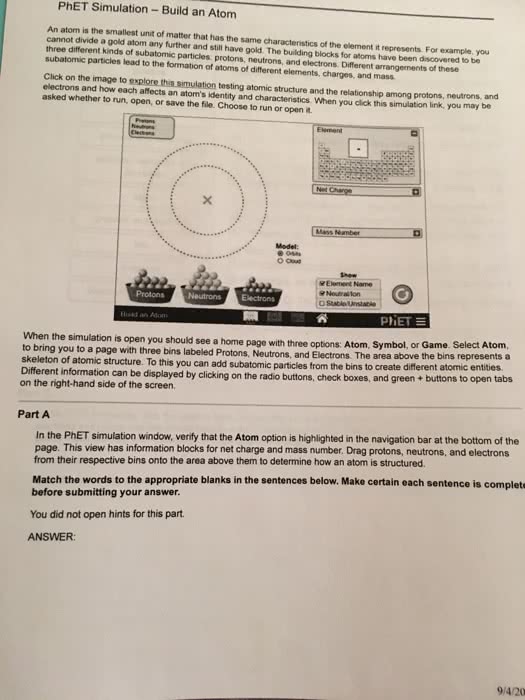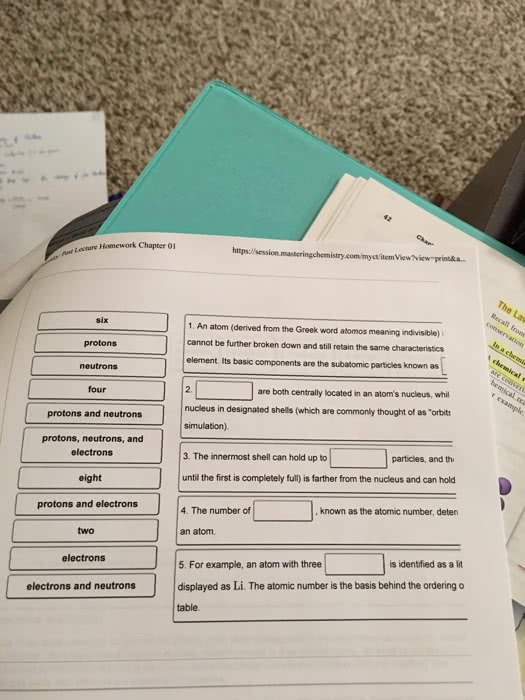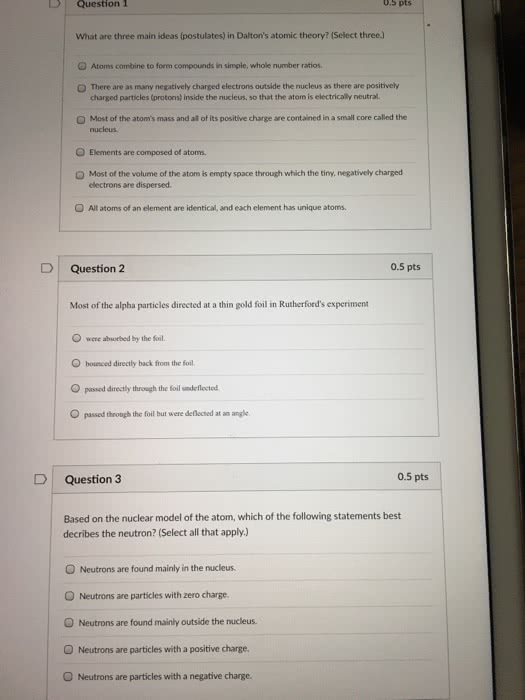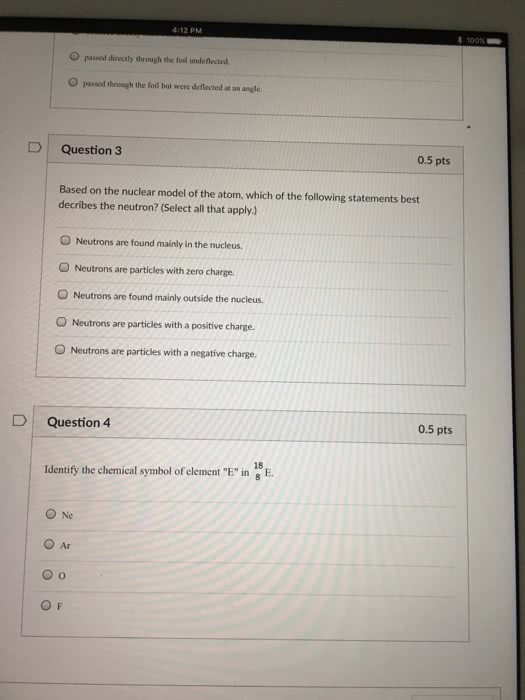CHEM 1124Q Lecture Notes - Lecture 2: Cathode Ray Tube, Cathode Ray, Henri Becquerel
Document Summary
An atom is a collection of protons, neutrons, and electrons. Protons are the most important, every atom has a number of protons. And every atom of the same element, has the same number of protons. An atom is the smallest quantity of matter that still retains the properties of matter. An element is a substance consisting of all one type of atom. Dalton proposed that atoms, of which all matter consists, are tiny particles thought to be indivisible but now we know are not. These do not retain the characteristics that represent an element. The chemical identity of an atom depends on the number (which depends on protons), and arrangement of the subatomic particles it contains. Fundamental experiments in the late 19th and 20th centuries led to the discovery of subatomic particles. In the late 1800s, many scientists were doing research involving radiation = the emission and transmission of energy in the form of waves.





